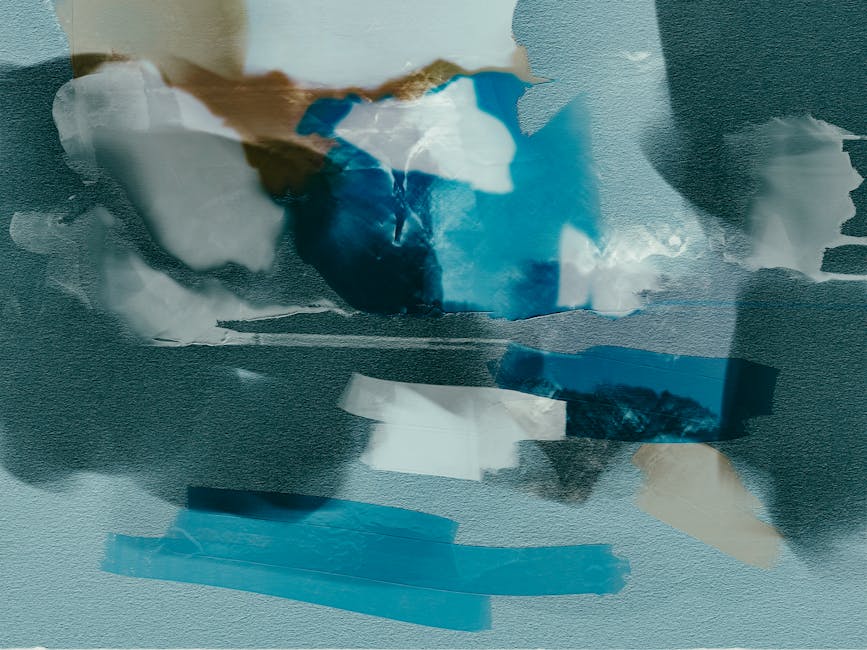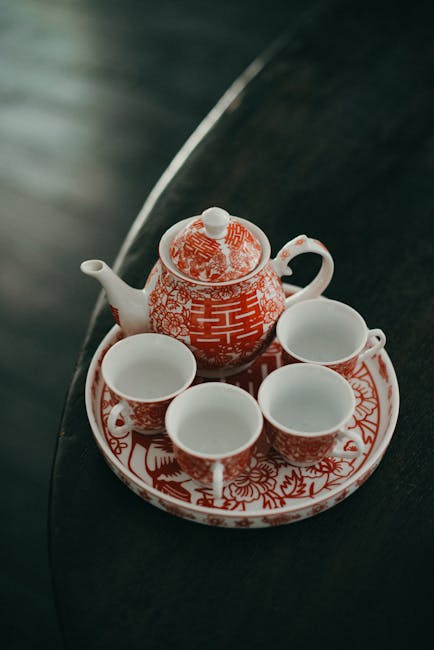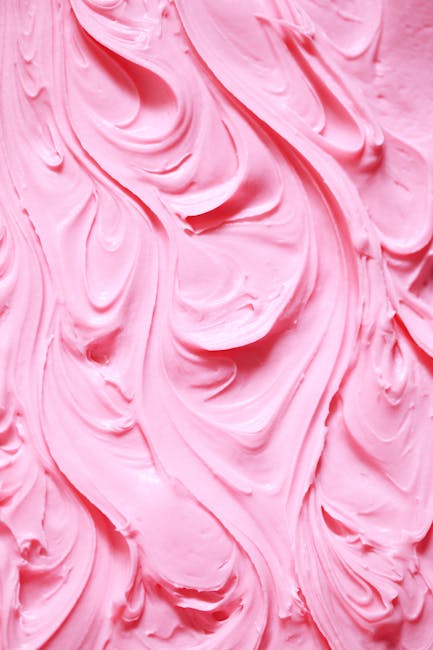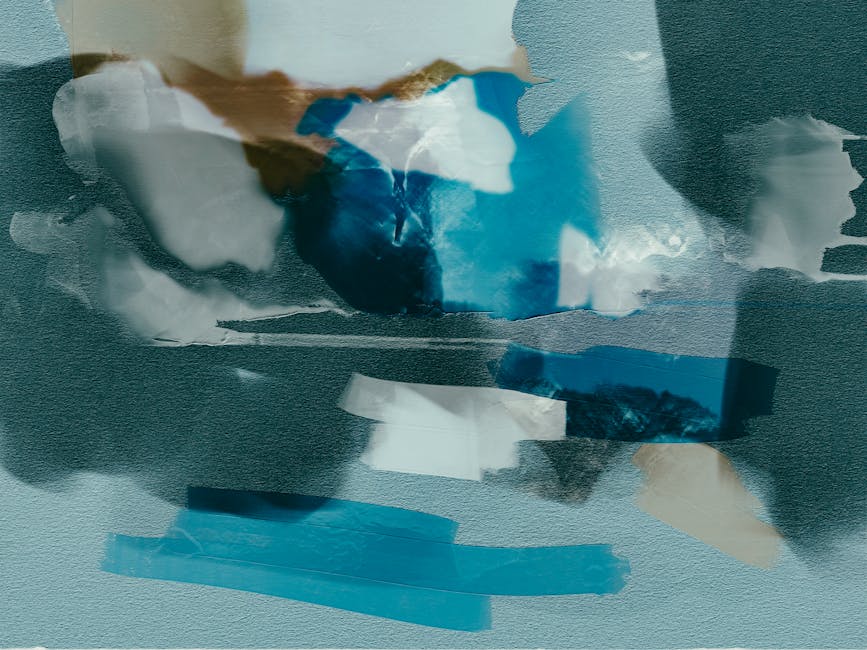Unlocking the Elegance: A Deep Dive into the World of Art Deco Designers
Art Deco, a style synonymous with glamour, sophistication, and geometric precision, captivated the world between the two World Wars. More than just a fleeting trend, it left an indelible mark on design, architecture, and the cultural landscape. This enduring legacy is a testament to the visionary Art Deco designers who shaped its aesthetic and pushed creative boundaries. This exploration delves into the lives and works of some of the most influential figures, revealing the stories behind their iconic creations.
The Defining Characteristics of Art Deco Design
Before diving into specific designers, it’s crucial to understand the core tenets of Art Deco. Characterized by its streamlined forms, bold geometric patterns, and luxurious materials, Art Deco embraced a sense of modernity and optimism. Key features include:

- Geometric Shapes: Zigzags, chevrons, sunbursts, and stepped forms were prevalent, reflecting the era’s fascination with technological advancement and precision.
- Streamlined Forms: Smooth, aerodynamic lines emphasized speed, efficiency, and modernity, a stark contrast to the ornate styles of the past.
- Luxurious Materials: Art Deco designers often incorporated high-quality materials like chrome, lacquer, exotic woods, and rich fabrics, contributing to the style’s inherent opulence.
- Bold Colors: Vibrant colors, often contrasted sharply, added to the dramatic effect, further enhancing the sense of dynamism and energy.
- Intricate Detailing: While prioritizing clean lines, Art Deco also featured intricate details like stylized motifs, geometric inlays, and repetitive patterns.
Iconic Art Deco Designers and Their Contributions
René Lalique: The Master of Glass
René Lalique, a French glassmaker and jeweler, is considered one of the pioneers of Art Deco. His exquisite glass creations, characterized by their fluid forms, delicate ornamentation, and masterful use of light, exemplify the style’s elegance and sophistication. Lalique’s influence extended beyond glass, shaping the aesthetic of jewelry, perfume bottles, and even automotive design.
Tamara de Lempicka: The Queen of Art Deco Painting
While not strictly a designer in the traditional sense, Tamara de Lempicka’s paintings are quintessential examples of Art Deco aesthetics. Her sharp lines, geometric compositions, and stylized figures perfectly capture the era’s sleek modernity and glamorous atmosphere. Her work influenced fashion, advertising, and illustration, cementing her place as an iconic figure of the Art Deco movement.
Paul Poiret: The Revolutionary Fashion Designer
Paul Poiret, a French couturier, played a significant role in shaping the Art Deco aesthetic in fashion. He liberated women from the restrictive corsets of the past, introducing flowing, loosely fitted garments that embraced the era’s newfound freedom and movement. His designs featured bold colors, geometric patterns, and luxurious fabrics, epitomizing the spirit of Art Deco.
Jacques Ruhlmann: The Master of Luxury Furniture
Jacques Ruhlmann, a French furniture maker, created some of the most luxurious and iconic pieces of Art Deco furniture. His meticulous craftsmanship, use of exotic woods, and incorporation of intricate details made his furniture highly sought after by the wealthy elite. Ruhlmann’s designs are characterized by their refined elegance, geometric precision, and exquisite detailing.
Eileen Gray: Pioneer of Modernist Design
Eileen Gray, an Irish-born designer, is considered a pivotal figure in both Art Deco and modernist design. Her innovative use of lacquer, her exploration of functionality, and her creation of iconic pieces like the Bibendum chair and the Adjustable Table demonstrate her unique approach to design. Gray’s work transcended mere decoration, prioritizing comfort and utility.

The Enduring Legacy of Art Deco Design
The influence of Art Deco continues to be felt today. Its iconic designs, sophisticated aesthetic, and enduring elegance have inspired countless designers, architects, and artists across various disciplines. From modern architecture to fashion, graphic design to product design, the echoes of Art Deco can be found in countless contemporary creations.
The enduring appeal of Art Deco lies in its ability to seamlessly blend modernity with luxury, sophistication with functionality. It’s a style that transcends trends, offering a timeless elegance that resonates even in the 21st century. The study of Art Deco designers and their works provides a valuable insight into a pivotal era in design history, reminding us of the power of creativity and the enduring impact of visionary artists.

Exploring Further: Resources for Art Deco Enthusiasts
For those wishing to delve deeper into the world of Art Deco, numerous resources are available, including museums dedicated to the style, online archives showcasing the works of notable designers, and books exploring the historical context of the movement. Further research will undoubtedly reveal the richness and complexity of this iconic design style.
In conclusion, exploring the work of Art Deco designers unveils a fascinating world of creativity, innovation, and elegance. Understanding their contributions provides a deeper appreciation for this enduring design movement and its influence on the world today. The legacy of these visionary designers continues to inspire and captivate, ensuring that the spirit of Art Deco remains vibrant and relevant.

